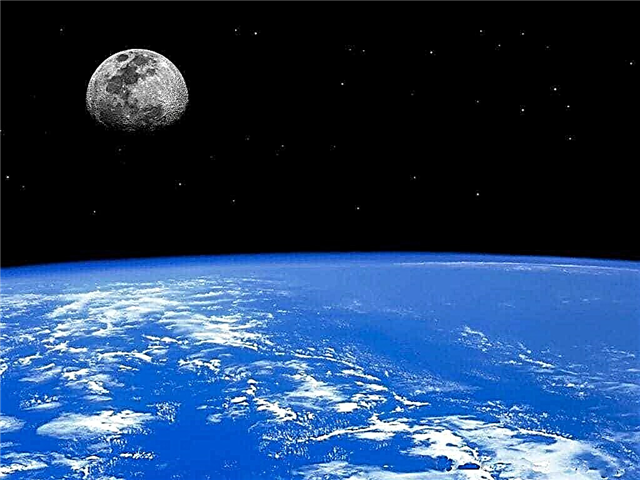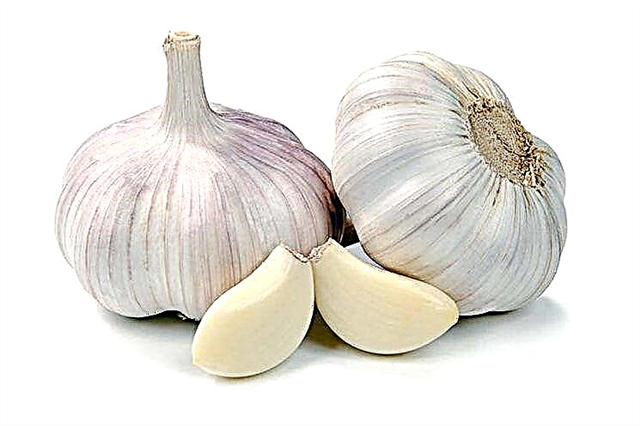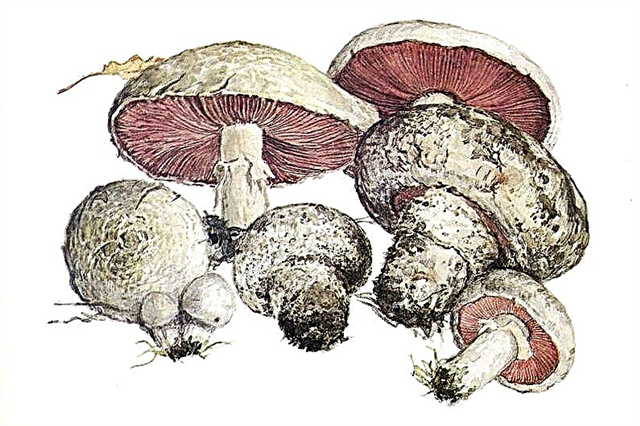
People have always been looking for the opportunity to create the highest quality and functional materials. Denis Yushin, author of the popular science & science blog Yandex & Zen, talks about materials that will change the world.
Graphene
The most promising material of the future is graphene, a two-dimensional modification of carbon, consisting of a flat crystal lattice with a thickness of one atom. The graphene crystal lattice is a plane consisting of hexagonal cells.

On the one hand, all the incredible theoretical properties of graphene are limited by the fact that scientists have not yet been able to obtain an ideal two-dimensional film in a free state due to its thermodynamic instability. However, graphene has a unique electrical conductivity, which makes it an excellent substitute for silicon.
This will create even more miniature electronic devices. In addition, graphene is ideal for storing energy in fuel cells, for use in optics, creating flexible displays and even for cleaning liquids, because a graphene film passes water molecules, trapping other substances.
In order to take advantage of most of the unique properties of graphene, it is not necessary to apply it in perfect form. If defects appear in the graphene film, it can exist in the form of nanotubes. Composite materials, current sources, neurocomputer interfaces and bionics (for example, artificial muscles) - there are practically no restrictions on the use of nanotubes.
Even the notorious “space elevator” can be built thanks to carbon nanotubes, because theoretically a single-walled nanotube several kilometers long can withstand weight up to a ton per square millimeter.
Vantabalck

The British company Surrey Nanosystems has developed a material that can absorb up to 99.965% of the incident light, making it the blackest material in the world. Its name is appropriate - Vantabalck.
This amazing property is explained by the fact that it is formed by carbon nanotubes, which are so small that photons simply cannot pass between them.
It would seem, how can the blackest material be useful? It helps prevent light scattering, which can be used in telescopes. Vantabalck can significantly improve the quality of infrared cameras. It can be used to create thermal protection systems.
The ability of a material to absorb various radiation opens up the prospect of creating the most lightweight and durable coatings of spacecraft that protect against radiation.
It is interesting that Surrey Nanosystems specialists are forbidden to discuss the prospects of the military use of Vantabalck with journalists, and they answer the question of cost as succinctly as possible: "it is very expensive." But Vantablack in the military sphere, at a minimum, can be used to create “temperature camouflage”.
Graphene Airgel

In the last decade, airgels, developed as a class of materials back in 1931, began to pay much more attention. Here, too, could not do without carbon.Back in 2011, an airgel with a density of 4 mg / cm3 was created on the basis of multilayer carbon nanotubes. Almost every year, aerogels with a lower density appeared, and today the lightest material is graphene aerogel, whose density is only 0.16 mg / cm3.
Surprisingly, the material obtained by specialists has extremely high strength and elasticity. He quickly returns to the form after compression. In one second, it is able to absorb up to 68 grams of organic compounds. At the same time, the airgel holds substances that are not soluble in water up to 900 times its own weight.
Thus, in the event of a catastrophe, for example, an oil spill, it will be possible to not only collect all of it from the surface of the water, but also lose practically nothing, simply by squeezing it out of an airgel.
In addition, airgel can be used as an insulating material, in energy storage systems for catalyzing reactions, and as a filler for complex composite materials.
Willow glass

Everyone knows about Gorilla Glass shockproof glass, but what about flexible glass that has the same strength properties? Meet Willow Glass - with a thickness of only 100 microns (A4 sheet thickness), it has remained resistant to mechanical damage at the gorilla level.
The most obvious application for him is the creation of flexible smartphones, but this idea is not so popular. But we are talking about a flexible and very durable glass, so that there will be no problems with its use. The development company says that in the future their product will be widely used in the creation of, for example, lighting equipment or even solar panels.
Absolutely everything that surrounds us consists of a wide variety of materials and, it would seem, why create new ones if everything is already there? The answer is obvious: we need to care about the environment, understand that the resources are not unlimited, develop the ocean and new worlds and just make life better for everyone on Earth. New materials are always new opportunities for further development.












